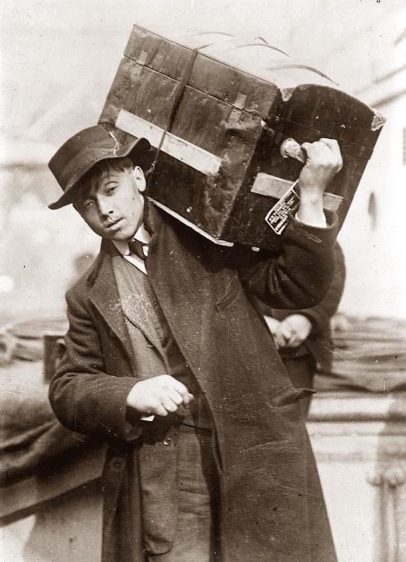Little Poland in Connecticut
Thousands of people crowd along Broad Street in New Britain, munching on potato pancakes and sugar-dusted pączki. Dancers dressed in red, white, and black entertain festival-goers to the sounds of polka music, while chefs flip sausages on portable grills. This is the scene at New Britain’s annual Little Poland Festival, which draws visitors from Connecticut and beyond.
Polish immigrants arrived in North America in 1608 as artisans in Jamestown, Virginia, and went on to establish the first bilingual schools in the colonies. Almost two centuries later, Casimir Pulaski and Tadeusz Kościuszko fought alongside George Washington for American freedom. But large numbers did not begin to arrive until the late 19th century, when Polish-speaking people from different European nations fled starvation and poverty. Many of these immigrants settled in New England, finding work on farms and in factories.
After World War II, a second wave arrived, including former soldiers, Jewish refugees, and wealthy Catholics, many of whom were fleeing the German or Soviet occupations. Jewish Poles often settled on Connecticut farms in the northwest and northeast parts of the state, including Alphonsine and Jacques Makowsky, who fled the Nazis and settled on Idle Wild Farm in Pomfret, later breeding the popular small chicken known as the Cornish Game Hen. Catholics usually settled in the cities, and Polish-language mass is still held in some of the large churches in central Connecticut.
In fact, today, Connecticut trails only Wisconsin and Michigan as states with the most Polish Americans per capita. Large populations remain in places like Meriden, Hartford, and the Naugatuck Valley, but their presence today is particularly strong in New Britain, where “Little Poland” has existed since the 1890s, complete with restaurants, markets, and Polish-language signs. The local White Eagle Media is the world’s largest Polish-language newspaper outside the home country, and in 2019, the President of Poland, Andrzej Duda, visited the town on his state visit to America.
Polish cuisine made its mark on the state from the beginning, and its popularity continues today. Restaurants like New Britain’s Staropolska and Berlin’s Baltic receive fantastic reviews, while Hartford’s Polish National Home continues a near century-long reign of authentic food and culture. In the late 20th century, Polish American Martha Kostyra became one of the most well-known foodies in America under her married name, Martha Stewart.
The traditional food in Polish communities includes smoked meats, farmer’s cheeses, and stuffed cabbages, available from delis like Polish Pantry in Ansonia and Lasowiak in Derby. Many versions of kielbasa continue to be handmade at places like Meriden’s Filipek Brothers and New Britain’s Podlasie Meat Market, and rich breads like babka, makowiec, and proziaki all grace Connecticut tables at holidays and throughout the year.
One of the most popular Polish national dishes is pierogi, which consists of unleavened dough wrapped around a filling, boiled, and then often fried. They can be filled with anything from blueberries to blood pudding, but in Polish cuisine, are most often filled with potatoes, cheese, onions, or sauerkraut. Once a staple food for peasants, pierogi became a specialty over the centuries, with different kinds served on special occasions like weddings and funerals. Want to make your own? Read on, below!






